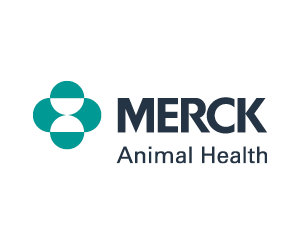Treatment for cats
In the majority of feline diabetes cases, the Task Force recommends a starting dose of:
----------------------------------------------------------------------------------------------------------------------------------
Glargine (Lantus), q 12 hr based on the estimated ideal body weight of the cat and BG levels:
0.5 U/kg q 12 hr if BG > 360 mg/dL
Or
0.25 U/kg q 12 hr if BG < 360 mg/dL
This equates to 1 U q 12 hr in the average cat.
Even in a very large cat, the starting dose of insulin should not exceed 2 U per cat q 12 hr. Most cats are well regulated on insulin at an average dose of 0.5 U/kg q 12 hr, with a range of 0.2–0.8 U/kg.
OR
----------------------------------------------------------------------------------------------------------------------------------
PZI (ProZinc), at a typical starting dose of 1–2 U per cat q 12 hr
----------------------------------------------------------------------------------------------------------------------------------
In cats, diabetic remission is a reasonable goal.4 Successful management of DM in cats consists of minimal or no clinical signs, owner perception of good quality of life and favorable treatment response, avoidance or improvement of DM complications, (specifically, diabetic ketoacidosis and peripheral neuropathy), and avoidance of hypoglycemia.
Predictors of diabetic remission in cats include achieving excellent glycemic control within 6 mo of diagnosis, using intensive home monitoring, discontinuation of insulin-antagonizing medications, and use of insulin glargine (Lantus) or detemir (Levemir) along with a low-carbohydrate diet.4
Adjunct therapy for diabetic cats should include environmental enrichment using creative feeding tools such as food puzzles, particularly for obese cats.
Oral hypoglycemic drugs are neither recommended nor considered appropriate for long-term use. Their use is considered temporary and only if combined with dietary modification if the owner refuses insulin therapy or is considering euthanasia for the pet.
A clinically sick, diabetic, ketotic cat should be hospitalized to initiate aggressive therapy. If 24 hr care is not feasible, the patient should be referred to an emergency or specialty hospital.





